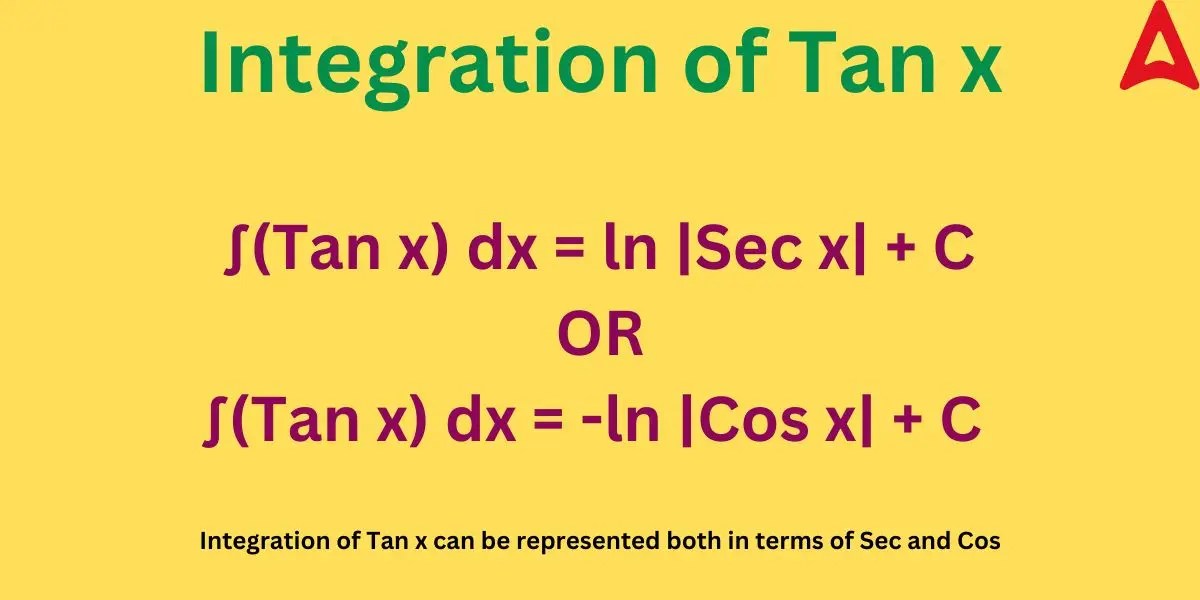How to Integrate Smart Appliances Seamlessly explores the exciting world of connected homes, promising a future where your appliances work in perfect harmony. Seamless integration means a smart home that anticipates your needs, streamlining daily tasks and enhancing your lifestyle. This guide navigates the complexities of connecting various smart devices, from lighting and thermostats to security systems and beyond, ensuring a smooth and intuitive user experience.
Integrating smart appliances can feel overwhelming, but it doesn’t have to be. Consider how these technologies can enhance your home’s aesthetic. For those seeking inspiration, exploring Smart Decor Ideas for French Country Style can provide a beautiful backdrop for your connected devices. Ultimately, thoughtful planning allows you to seamlessly incorporate smart technology into your living space, enhancing both function and style.
The journey into a smart home begins with understanding the underlying ecosystems like Apple HomeKit, Google Home, and Amazon Alexa, which serve as the central hubs for managing your devices. We will delve into the various connectivity protocols, such as Wi-Fi, Bluetooth, Zigbee, and Z-Wave, that enable these devices to communicate. Furthermore, we will cover the essential planning steps, including network preparation, device organization, and security considerations, to make your smart home setup secure and efficient.
Introduction: Defining Seamless Integration: How To Integrate Smart Appliances Seamlessly
Seamless integration of smart appliances transforms a house into an intelligent, responsive home. This involves connecting various devices—from lighting and thermostats to security systems and entertainment setups—to work together harmoniously. The goal is to create a unified system where devices communicate and respond to each other and user commands without requiring manual intervention for every action. This leads to greater convenience, efficiency, and a more personalized living experience.
Integrating smart appliances seamlessly requires careful planning. To achieve a truly unified experience, exploring comprehensive solutions is key. Therefore, consider investigating Smart Home Solutions for Seamless Smart Tech Integration , which often provide the necessary frameworks. Ultimately, focusing on these solutions greatly simplifies the process of effectively integrating your smart appliances.
Define “seamless integration” in the context of smart appliances.
Seamless integration, in the context of smart appliances, refers to the effortless and unified operation of interconnected devices within a smart home ecosystem. It means that appliances work together without requiring significant user input, creating a cohesive and intuitive user experience. This includes:
- Interoperability: Devices from different manufacturers can communicate and interact.
- Automation: Devices automatically respond to events, schedules, or user preferences.
- Centralized Control: Appliances can be managed and monitored from a single interface, such as a smartphone app or voice assistant.
- User-Friendliness: The system is easy to set up, use, and maintain, minimizing technical complexities.
Explain the benefits of seamless smart home integration for users.

Source: adda247.com
The benefits of seamless smart home integration are numerous, significantly enhancing the quality of life for users. These advantages include:
- Convenience: Automation of tasks such as lighting, temperature control, and security systems saves time and effort.
- Efficiency: Optimized energy usage through smart thermostats and lighting controls reduces utility bills.
- Security: Enhanced home security through remote monitoring, automated door locks, and security cameras.
- Personalization: Customized settings and routines based on user preferences and lifestyle.
- Entertainment: Integration with entertainment systems for seamless audio and video control.
Provide an overview of the challenges users face when integrating smart appliances., How to Integrate Smart Appliances Seamlessly
Despite the benefits, integrating smart appliances can present several challenges:
- Compatibility Issues: Not all devices are compatible with all smart home ecosystems.
- Technical Complexity: Setting up and configuring devices can be challenging for non-technical users.
- Security Concerns: Smart devices can be vulnerable to hacking if not properly secured.
- Cost: The initial investment in smart appliances and related equipment can be substantial.
- Reliability: The reliance on internet connectivity and potential for system failures can be frustrating.